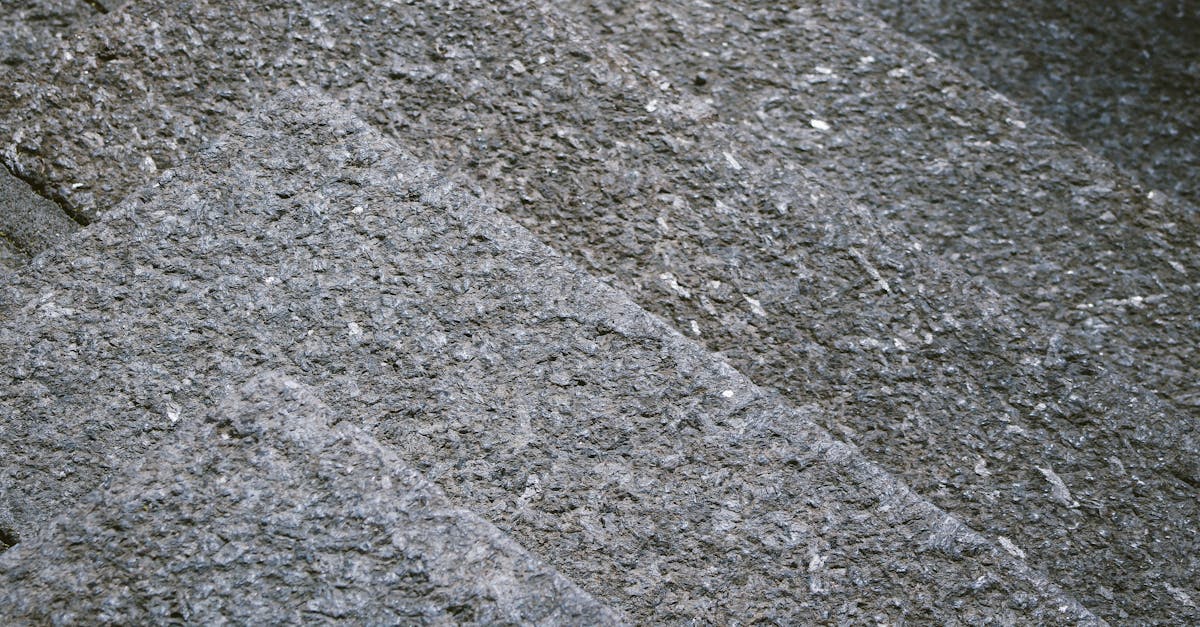
Table Of Contents
Seasonal Rotation of Wardrobe Items
Seasonal rotation is essential for maintaining a neat walk-in wardrobe. Regularly swapping out clothes based on the season ensures that items appropriate for the current weather are easily accessible. This practice not only optimises space but also helps to keep the wardrobe organised. By assessing the wardrobe at the start of each season, you can remove items that are no longer weather-appropriate and make room for seasonal clothing.
To manage seasonal clothing effectively, begin by categorising items into groups such as summer, winter, and transitional wear. Utilise bins or vacuum-sealed bags to store out-of-season clothes and keep them protected from dust and damage. Labelling these containers will make it easy to find and return items when the season changes. Maintaining a list of what you have stored can be beneficial for future planning and shopping. This approach ensures your walk-in wardrobes stay functional and clutter-free throughout the year.
Tips for Managing Seasonal Clothing
Managing seasonal clothing effectively can transform your walk-in wardrobes into organised and accessible spaces. Start by identifying which items are suitable for the current season. Consider using clear storage bins or labelled boxes for off-season clothing. This approach not only protects your garments from dust but also makes it easier to find what you need when the seasons change.
Incorporate a system for rotating your clothes. At the end of each season, take the time to review your wardrobe and separate items that no longer fit your needs. Donate or sell these pieces to free up space. When the new season arrives, bring your stored clothing to the forefront of your walk-in wardrobes. This ensures that you have a curated selection that reflects your current style and the weather conditions.
Utilising Vertical Space Efficiently
Maximising vertical space is essential for creating a functional and aesthetically pleasing environment in walk in wardrobes. One effective method is to install shelves at varying heights. This allows you to take advantage of all available space, accommodating items like folded clothes, handbags, or hats. Additionally, using taller storage solutions can draw the eye upward, making the wardrobe appear more spacious.
Incorporating hooks or pegboards on interior doors can also free up space, providing a practical spot for accessories like belts or scarves. Consider adding stackable bins or baskets on higher shelves, keeping less frequently used items easily accessible. This strategy not only helps maintain organisation but also ensures that the walk in wardrobes remain tidy and visually appealing.
Maximising Height in Your Wardrobe
To fully benefit from the available space in walk in wardrobes, taking advantage of height is essential. Tall shelving units can provide additional storage for less frequently used items, while also making room for seasonal pieces that may not be needed year-round. Using uniform storage bins or boxes can create a streamlined look and keep everything organised, allowing easy access to items stored high up.
Additionally, consider installing hooks or racks on the interior of doors for hanging accessories or smaller items. This not only optimises vertical space but also keeps the wardrobe tidy and visually appealing. Pull-down rods can also be a practical choice, offering easy retrieval of hung clothes without requiring a precarious climb. A well-planned layout using vertical space effectively enhances both the functionality and aesthetic of walk in wardrobes.
Incorporating Accessories and Footwear
Accessories and footwear play a crucial role in elevating your outfits, making their organisation essential within walk-in wardrobes. Consider allocating a dedicated section for accessories such as belts, scarves, and handbags. Utilising small bins or trays can help keep these items neatly contained and easily accessible. This not only prevents clutter but also allows for quick outfit assembly, saving valuable time during busy mornings.
Footwear management is equally important in maintaining an orderly walk-in wardrobe. Shoe racks, shelves, or clear storage boxes can provide a designated spot for each pair, ensuring they are visible and easily reachable. Implementing a rotation system based on your most frequently worn shoes can help simplify selection while keeping less-used options neatly tucked away. This strategy maintains a polished appearance and preserves the quality of your shoes.
Organising Shoes and Other Accessories
When it comes to organising shoes and other accessories in walk-in wardrobes, it's essential to create a system that allows for easy access and visibility. Consider using clear acrylic boxes or labelled bins for shoes. This not only keeps them dust-free but also makes it simple to locate specific pairs quickly. Shelving units can be designed to accommodate various styles, from heels to sneakers, ensuring all footwear is displayed neatly.
In addition to shoes, incorporating organisation tools for accessories can significantly enhance the functionality of walk-in wardrobes. Hooks, multi-tiered racks, and drawer dividers can provide dedicated space for belts, scarves, and jewellery. By using these tools, you can transform cluttered drawers into well-organised areas, making it easy to coordinate outfits and maintain a tidy, stylish wardrobe.
FAQS
How often should I rotate my seasonal clothing in my walk-in wardrobe?
It's best to rotate your seasonal clothing at least twice a year, typically at the beginning of spring and autumn, to ensure you're using the most suitable items for the current weather.
What are some effective tips for managing seasonal clothing?
To manage seasonal clothing effectively, consider sorting items by type, colour, or occasion, using clear bins for easy visibility, and donating or discarding items you no longer wear.
How can I maximise vertical space in my walk-in wardrobe?
To maximise vertical space, install additional shelves, use tiered hangers for clothing, and consider using hooks or wall-mounted racks for accessories, allowing you to utilise the height without cluttering the lower areas.
What are some ideas for organising shoes and accessories in my wardrobe?
Use clear shoe boxes for visibility, consider a shoe rack or shelf to keep them accessible, and utilise drawer organisers for smaller accessories like belts, ties, or jewellery to keep everything tidy and easy to find.
Should I include seasonal accessories in my wardrobe rotation?
Yes, it's a good idea to include seasonal accessories in your wardrobe rotation. This allows you to keep your style fresh and ensures that you have the right accessories on hand for each season.
